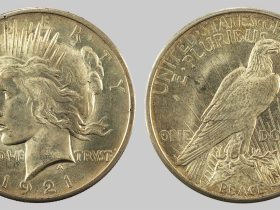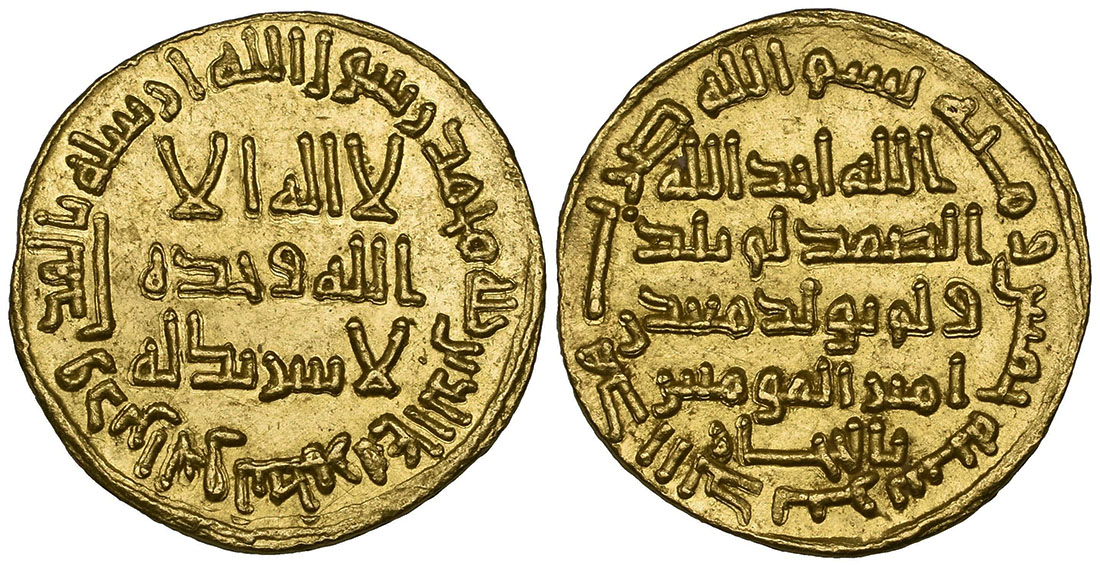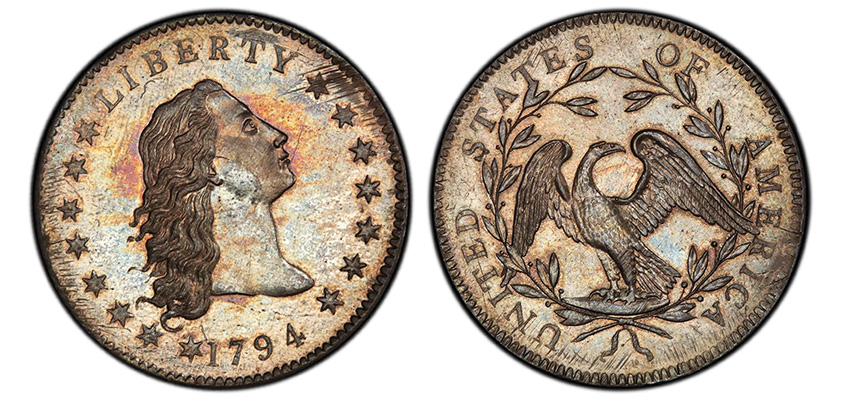Learn the values of old coins in the United States. Values of United States coins are evolving every year for the past decades.
Possible threats have surfaced but it has proven its strength and flexibility despite adversities.
Since United States coins have variations, like the circulated and uncirculated, the state was able to make sure that the face values of their coins do not wane.
Gold, silver, copper, just a few precious metals that the United States coins are composed of heighten the Values of United States Coins.
Some people do not even realize that what they’re paying for burger at a fast-food has more value than what they paid for like 10 times more.
I. The Face Value
United States coins come in various denominations, each with a specific face value. The most common denominations include:
- Penny (1 cent)
- Nickel (5 cents)
- Dime (10 cents)
- Quarter (25 cents)
- Half Dollar (50 cents)
- Dollar (1 dollar)
The face value of a coin does not usually come into terms with the real Values of United States Coins, sometimes the real value is a hundred or more times higher like the 1943 copper penny which can value up to more than $20,000, or the face value is higher than the value of the coin itself.
The Values of United States Coins were threatened due to the rampancy of silver melting decades ago.
People will be selling bagfuls of silver coins and will be paid to the compositional value of the silver in the coin which is apparently higher.
They would sell them at silversmiths who will melt them and create other materials from it or sell them to other dealers as silver bars. Now, silver coin melt value is higher than the actual face value of the coin.
II. Collectible Value
Beyond their face value, United States coins hold collectible value, which can vary significantly based on factors such as rarity, historical significance, and condition. Some coins can be worth considerably more than their nominal value due to these factors. Here are a few examples:
- Dates: Certain years and mints produced coins in limited quantities, making them rare and highly sought after by collectors. For instance, the 1909-S VDB Lincoln Cent is highly prized due to its scarcity.
- Mint Errors: Coins with production errors can be incredibly valuable. An example is the 1955 Doubled Die Lincoln Cent, where the design appears doubled due to a mistake in the minting process.
- Historical Significance: Coins linked to significant historical events or figures can have substantial value. The 1804 Draped Bust Silver Dollar, known as the “King of American Coins,” is a prime example.
- Precious Metals: Some coins, like the American Gold Eagle or Silver Eagle, have intrinsic value based on the precious metals they contain. These values fluctuate with the market prices of gold and silver.
- Condition: The condition of a coin, graded on a scale from “Poor” to “Mint State,” can significantly impact its value. Well-preserved, uncirculated coins are typically more valuable than worn counterparts.
III. Historical and Cultural Significance
United States coins also hold immense historical and cultural significance. They serve as a canvas for depicting the nation’s ideals, leaders, and symbols. For example:
Presidential Portraits: Coins often feature the likenesses of American presidents, paying tribute to the nation’s leaders. The Lincoln Cent, with Abraham Lincoln’s image, is an iconic example.
National Symbols: Coins frequently showcase national symbols like the bald eagle, Liberty, and the American flag, representing the values and identity of the United States.
Commemorative Coins: Special issues celebrate significant events, anniversaries, and cultural milestones. For example, the U.S. Mint has released coins commemorating the 50th anniversary of the Apollo 11 moon landing.
At this time in history, people neglected the Values of United States Coins for profit whilst losing their zest to collect these vintage U.S. coins. Some people do not even know anymore that what they have in their pockets for change is worth more than the price of luxury cars and estates.
The legislation that was passed which bans the melting of pennies and nickels to protect the Values of States coins has proved to guarantee that there will still be coins only for coin collecting and trading purposes and not for personal profit.
The values of United States coins extend far beyond their face values. They serve as tangible pieces of history, bearing the imprints of America’s past and reflecting the nation’s evolving values and culture. Collectors and enthusiasts continue to be captivated by the beauty, rarity, and historical significance of these coins, making them an enduring aspect of American numismatics.











Leave a Reply